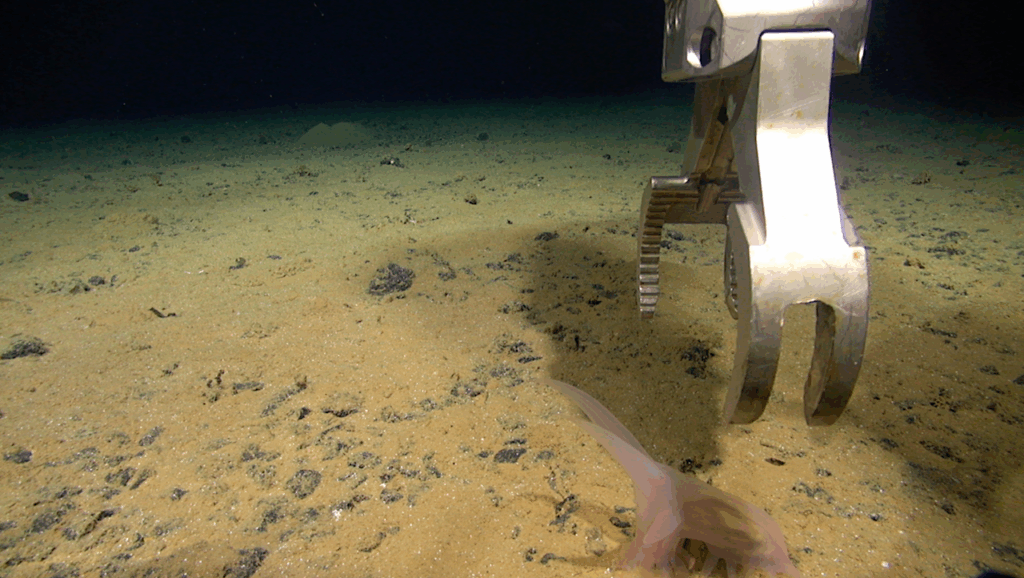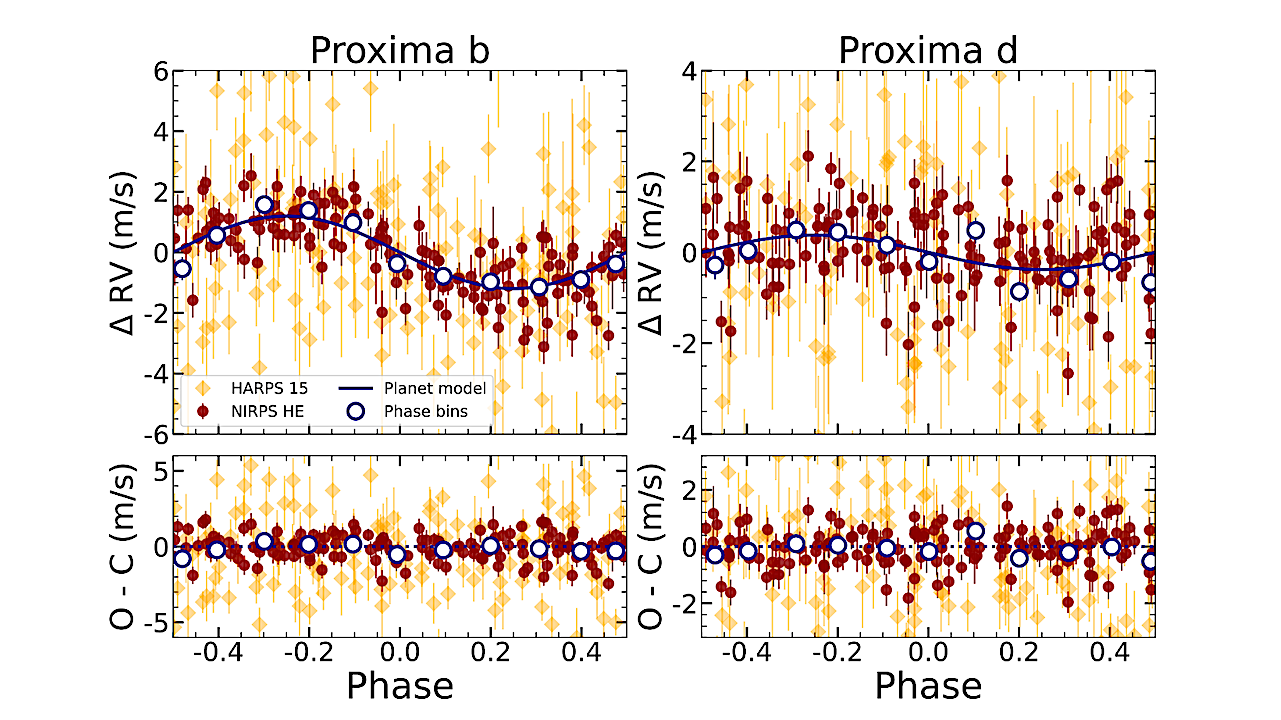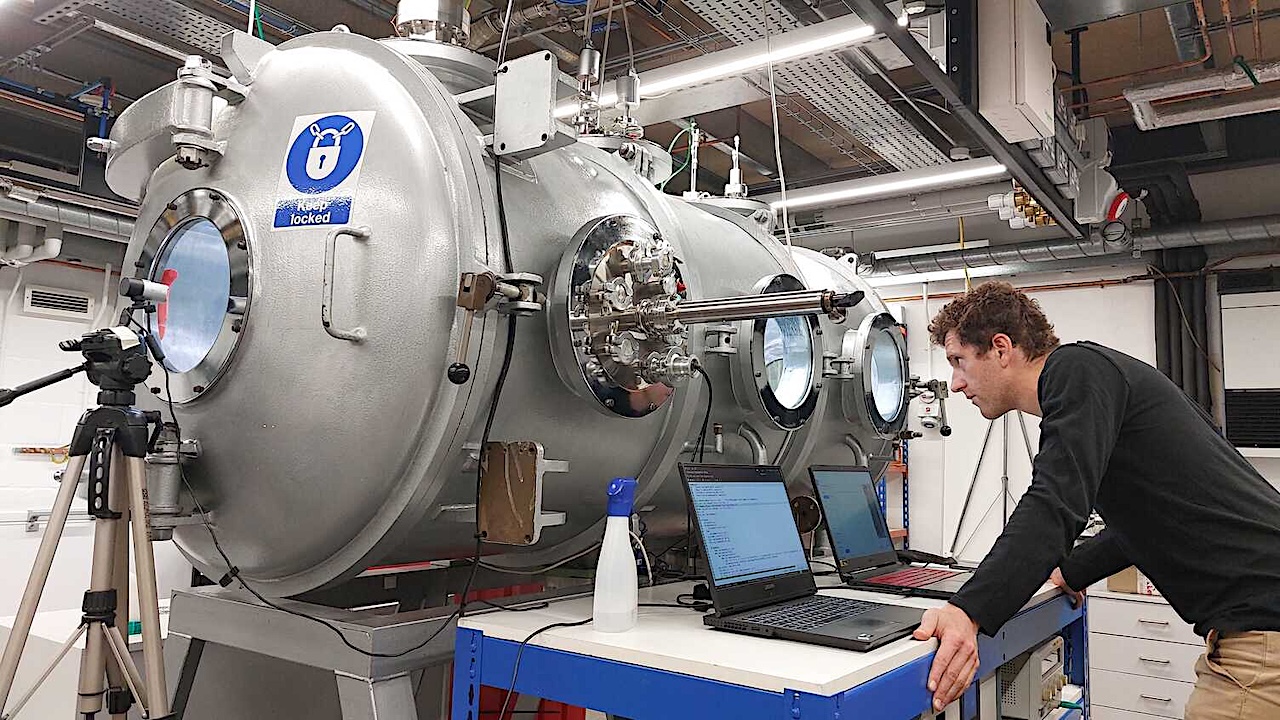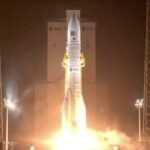Now Reading: The SWAN View Of Dense Gas In the Whirlpool — A Cloud-scale Comparison Of N2H+, HCO+, HNC And HCN Emission In M51
-
01
The SWAN View Of Dense Gas In the Whirlpool — A Cloud-scale Comparison Of N2H+, HCO+, HNC And HCN Emission In M51
The SWAN View Of Dense Gas In the Whirlpool — A Cloud-scale Comparison Of N2H+, HCO+, HNC And HCN Emission In M51
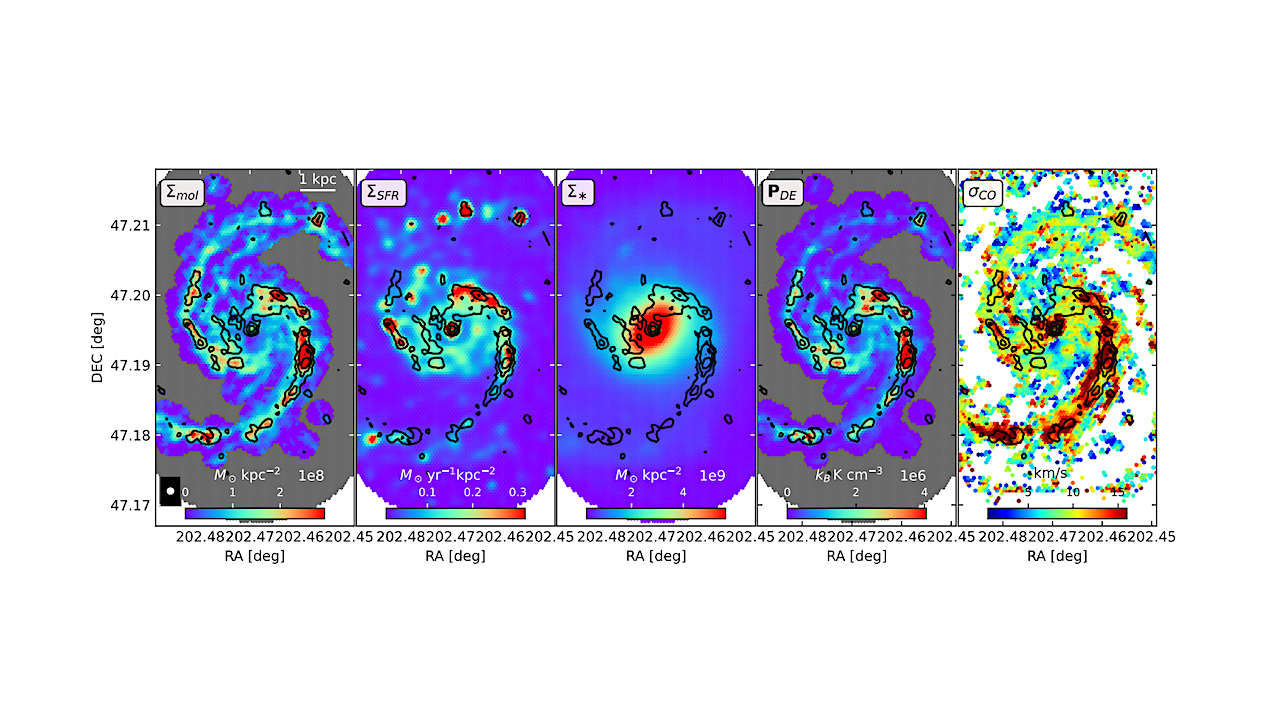

Molecular gas mass surface densities Σmol, star formation rate surface densities ΣSFR, stellar mass surface density Σ∗, dynamical equilibrium pressure PDE as well as CO velocity dispersion σCO at 3′′ resolution. We show contours of integrated N2H + emission (0.75, 2,4 K km/s) on top. — astro-ph.GA
Tracing dense molecular gas, the fuel for star formation, is essential for the understanding of the evolution of molecular clouds and star formation processes.
We compare the emission of HCN(1-0), HNC(1-0) and HCO+(1-0) with the emission of N2H+(1-0) at cloud-scales (125 pc) across the central 5×7 kpc of the Whirlpool galaxy, M51a, from “Surveying the Whirlpool galaxy at Arcseconds with NOEMA” (SWAN).
We find that the integrated intensities of HCN, HNC and HCO+ are more steeply correlated with N2H+ emission compared to the bulk molecular gas tracer CO, and we find variations in this relation across the center, molecular ring, northern and southern disk of M51.
Compared to HCN and HNC emission, the HCO+ emission follows the N2H+ emission more similarly across the environments and physical conditions such as surface densities of molecular gas, stellar mass, star-formation rate, dynamical equilibrium pressure and radius. Under the assumption that N2H+ is a fair tracer of dense gas at these scales, this makes HCO++ a more favorable dense gas tracer than HCN within the inner disk of M51.
In all environments within our field of view, even when removing the central 2 kpc, HCN/CO, commonly used to trace average cloud density, is only weakly depending on molecular gas mass surface density. While ratios of other dense gas lines to CO show a steeper dependency on the surface density of molecular gas, it is still shallow in comparison to other nearby star-forming disk galaxies.
The reasons might be physical conditions in M51 that are different from other normal star-forming galaxies. Increased ionization rates, increased dynamical equilibrium pressure in the central few kpc and the impact of the dwarf companion galaxy NGC 5195 are proposed mechanisms that might enhance HCN and HNC emission over HCO+ and N2H+ emission at larger-scale environments and cloud scales.
Sophia K. Stuber, Eva Schinnerer, Antonio Usero, Frank Bigiel, Jakob den Brok, Jerome Pety, Lukas Neumann, María J. Jiménez-Donaire, Jiayi Sun, Miguel Querejeta, Ashley T. Barnes, Ivana Bešlic, Yixian Cao, Daniel A. Dale, Cosima Eibensteiner, Damian Gleis, Simon C. O. Glover, Kathryn Grasha, Ralf S. Klessen, Daizhong Liu, Sharon Meidt, Hsi-An Pan, Toshiki Saito, Mallory Thorp, Thomas G. Williams
Comments: Accepted for publication in A&A
Subjects: Astrophysics of Galaxies (astro-ph.GA)
Cite as: arXiv:2507.19439 [astro-ph.GA] (or arXiv:2507.19439v1 [astro-ph.GA] for this version)
https://doi.org/10.48550/arXiv.2507.19439
Focus to learn more
Submission history
From: Sophia Stuber
[v1] Fri, 25 Jul 2025 17:15:59 UTC (6,415 KB)
https://arxiv.org/abs/2507.19439
Astrobiology, Astrochemistry,
Stay Informed With the Latest & Most Important News
Previous Post
Next Post
-
 012024 in Review: Highlights from NASA in Silicon Valley
012024 in Review: Highlights from NASA in Silicon Valley -
 02Panasonic Leica Summilux DG 15mm f/1.7 ASPH review
02Panasonic Leica Summilux DG 15mm f/1.7 ASPH review -
 03From Polymerization-Enabled Folding and Assembly to Chemical Evolution: Key Processes for Emergence of Functional Polymers in the Origin of Life
03From Polymerization-Enabled Folding and Assembly to Chemical Evolution: Key Processes for Emergence of Functional Polymers in the Origin of Life -
 04How New NASA, India Earth Satellite NISAR Will See Earth
04How New NASA, India Earth Satellite NISAR Will See Earth -
 05And Thus Begins A New Year For Life On Earth
05And Thus Begins A New Year For Life On Earth -
 06Astronomy Activation Ambassadors: A New Era
06Astronomy Activation Ambassadors: A New Era -
07SpaceX launch surge helps set new global launch record in 2024













